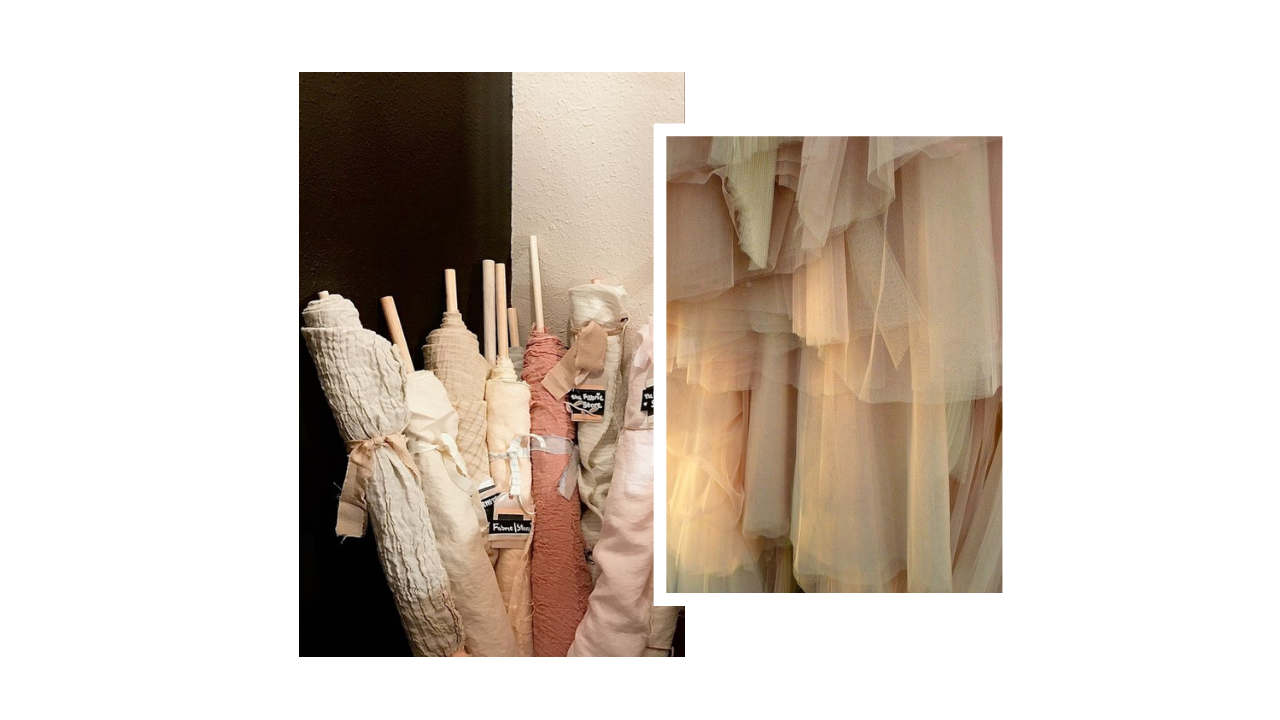CARE & MATERIAL GUIDE
KOSTER KULTURE BELIEVES CARING FOR YOUR CLOTHING HAS A POSITIVE IMPACT ON THE GARMENTS FOOTPRINT

CARING FOR YOUR KOSTER clothing
PRODUCT LIFE CYCLE
Caring for your Koster clothing helps to reduce their overall environmental footprint and extend the life of your favourite pieces.
Our care guide is here to help you understand how to best care for your clothes to preserve their beauty and longevity.

OUR MATERIALS
THE DO'S & DON'TS
Polyester is a versatile, man-made fabric known for its durability, ease of care, and resemblance to silk or wool. It is moisture-wicking, making it ideal for long-lasting outerwear.
Recycled polyester can be produced from pre-consumer or post-consumer waste like plastic bottles, that is broken down into small chips then spun into yarn. This new yarn helps reduce the amount of used plastic in landfills and can be recycled again if ever discarded.
DO:
- Always refer to care label. Different polyester and blends might require dry or spot cleaning.
- Select a standard cycle on your washing machine. Opt for cool water. Polyester is heat sensitive and high temperatures can cause it to melt, shrink or deform.
- To minimize the need for ironing, garments should be hung immediately after drying.
DON'T:
- Never use high heat in the dryer or use very hot iron to remove wrinkles.
Cotton is a natural, staple fiber that grows in balls around the seeds of the cotton plant. It is soft, breathable, lightweight, durable, and moisture-absorbent. A kind fibre to the skin that offers breathability, lightness, durability and good moisture-absorbing properties.
DO:
- Always refer to care label.
- Pre-treat your cotton garments to remove stain spots or specific regions exposed to sweat and antiperspirant (armpits and neckline areas)
- Wash in cold water, (30°C or below) whether using a washing machine or washing by hand and ensure colours are separated.
- 100% Cotton clothes may shrink if put in the dryer on a high setting- always use a low setting. Most cotton blends should be able to survive a low setting drying cycle shrink free.
DON'T:
- Mix cotton-coloured garments with white’s.
- Do not use hot water as it may shrink the fibres.
- Never use high heat in the dryer or use very hot iron to remove wrinkles.
EcoVero™ is a more sustainable viscose made using sustainable wood from controlled sources: FSC (Forest Stewardship Council) or PEFC (Program for Endorsement of Forest Certification Schemes) certified in Europe, instead of bamboo or eucalyptus, which is commonly used in normal viscose production.
DO:
- Always refer to care label
- Delicate machine wash at 30 degrees with similar colours.
- Wash inside out.
- Allow to air dry.
- Stretch back into shape whilst wet.
- Iron whilst still damp to gain back the length.
- Iron inside out, through a cloth on low temperature.
DON'T:
- Do not tumble dry.
- Do not bleach.
Eco Crepe fabric is valued for its lightweight and fluid nature, which facilitates easy handling and crafting of garments. Its excellent drape and movement make it ideal for creating elegant, flowing designs. Additionally, crepe fabrics are eco-friendly, made from sustainable yarns: viscose derived from cotton waste with a GRS certificate, and acetate produced with FSC certification to ensure forest conservation.
DO:
- Always refer to care label
- Hand wash is recommended or cold delicate wash with low spin
- Use a mesh bag
- Air dry flat
DON'T:
- Avoid high heat
- Do not tumble dry
- Avoid hanging wet
- No bleach
Chiffon is a lightweight, sheer fabric known for its delicate and airy quality. Made from silk, polyester, or nylon, it features a slightly crinkled texture that adds subtle movement to garments. Its translucency makes it ideal for layering, often used in formal wear like evening gowns and bridal dresses. Chiffon's soft, flowing nature creates elegant silhouettes, while its fine weave provides durability and maintains shape, though it requires careful handling to avoid snagging.
DO:
- Always refer to care label
- Hand wash
- Delicate cold wash
- Air dry flat
- Use a mesh bag
DON'T:
- Do not wash on high heat
- Do not tumble dry
- No bleach
- Don't wrinkle
Silk is a natural fiber from silkworms, known for its smooth texture, natural sheen, and breathability, offering a luxurious feel and elegant drape. Satin, on the other hand, is a weave that can be made from silk, polyester, or other fibers, characterized by its glossy, reflective surface. While silk satin combines the natural softness of silk with the shiny appearance of satin, polyester satin offers a similar look at a lower cost but may lack the same softness and breathability.
DO:
- Always refer to care label
- Hand wash
- Dry clean
- Use mild detergent
- Dry flat
- Cool ironing
- Store properly
DON'T:
- Avoid hot water
- No tumble dry
- No bleach
- Avoid drying in direct sunlight
- No wrinkling
